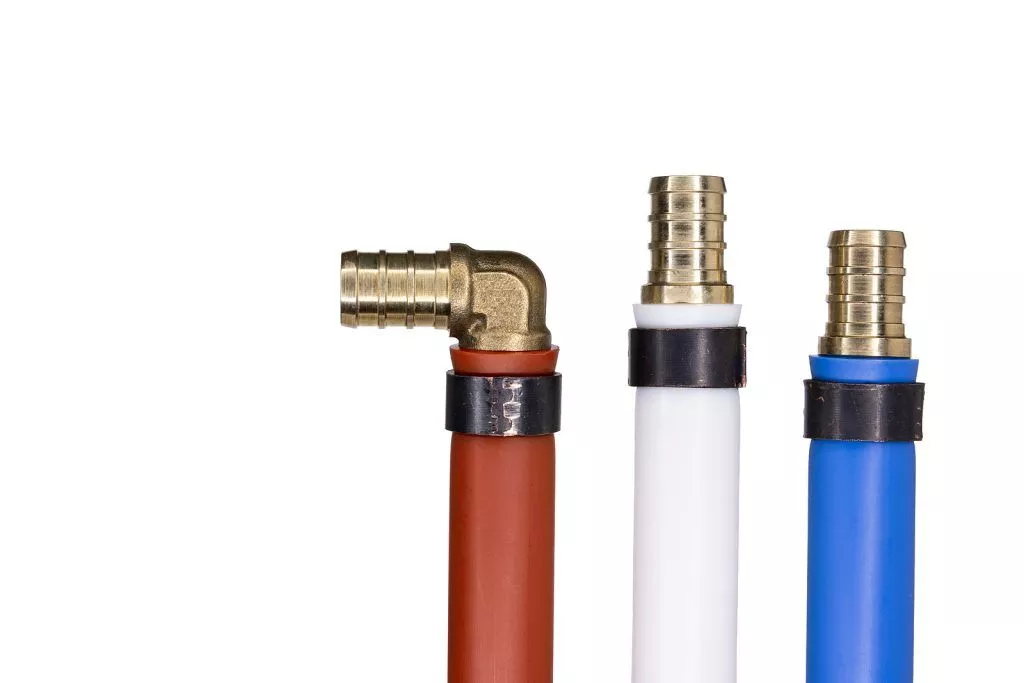Aug . 21, 2024 15:14 Back to list
PPR Pipes in Complete Operational Efficiency for Various Applications
Understanding PPR Pipes in Full Service
PPR pipes, or Polypropylene Random Copolymer pipes, have gained significant traction in modern plumbing and piping systems across various industries. With their unique properties and advantages, PPR pipes are becoming a preferred choice for many applications, particularly in hot and cold water systems. This article delves into the characteristics, advantages, and areas of application of PPR pipes when they are in full service.
What are PPR Pipes?
PPR pipes are made from a specific type of polypropylene, which is known for its durability, flexibility, and chemical resistance. Unlike traditional PVC or metal pipes, PPR pipes are lightweight yet robust, making installation easier and more efficient. They come in a range of diameters and wall thicknesses, catering to different piping requirements.
Advantages of PPR Pipes
1. Durability One of the most significant advantages of PPR pipes is their exceptional durability. They can last over 50 years under proper conditions. Resistant to corrosion and scale formation, PPR pipes do not suffer from the same issues that plague metallic pipes, such as rusting or erosion.
2. Temperature Resistance PPR pipes can handle a wide range of temperatures. They are capable of withstanding temperatures between -40°C to 95°C, making them suitable for transporting both hot and cold fluids. This feature is particularly advantageous in residential and commercial plumbing systems.
3. Chemical Resistance PPR pipes exhibit excellent resistance to various chemicals, making them suitable for industrial applications where corrosive substances may be present. As a result, they are often utilized in chemical processing and wastewater treatment facilities.
ppr pipes in full service

4. Ease of Installation PPR pipes are lightweight and easy to handle, significantly reducing labor costs during installation. The pipes can be connected using heat fusion, which creates a strong, leak-proof joint. This method not only simplifies the installation process but also enhances system integrity.
5. Low Thermal Conductivity The thermal insulation properties of PPR pipes help in preventing heat loss in hot water systems, thus improving energy efficiency. This characteristic is crucial for maintaining the temperature of fluids during transportation.
6. Eco-Friendly PPR pipes are recyclable, contributing to environmentally sustainable practices. Their long lifespan also reduces the need for frequent replacements, minimizing waste.
Applications of PPR Pipes
PPR pipes have a myriad of applications across different sectors. In residential plumbing, they are widely used for water supply systems, including hot and cold water delivery. In commercial settings, PPR pipes are employed in heating systems, air conditioning units, and even in swimming pool installations.
In industrial applications, these pipes transport chemical substances, slurries, and gases thanks to their robust chemical resistance. Additionally, they are finding increasing use in agricultural systems for irrigation and other fluid management tasks.
Conclusion
In conclusion, PPR pipes represent a significant advancement in piping technology. Their durability, versatility, and resistance to various environmental factors make them an ideal choice for a wide range of applications. As more industries recognize the benefits of PPR pipes, their adoption will likely continue to grow, leading to improved efficiency and sustainability in plumbing and other fluid transportation systems. Whether in residential, commercial, or industrial settings, PPR pipes in full service are poised to redefine standards and enhance functionality in fluid management technologies.
-
High-Quality PVC Borehole Pipes Durable & Versatile Pipe Solutions
NewsJul.08,2025
-
High-Quality PVC Perforated Pipes for Efficient Drainage Leading Manufacturers & Factories
NewsJul.08,2025
-
High-Quality PVC Borehole Pipes Durable Pipe Solutions by Leading Manufacturer
NewsJul.08,2025
-
High-Quality PVC Borehole Pipes Reliable PVC Pipe Manufacturer Solutions
NewsJul.07,2025
-
High-Quality UPVC Drain Pipes Durable HDPE & Drain Pipe Solutions
NewsJul.07,2025
-
High-Quality Conduit Pipes & HDPE Conduit Fittings Manufacturer Reliable Factory Supply
NewsJul.06,2025

